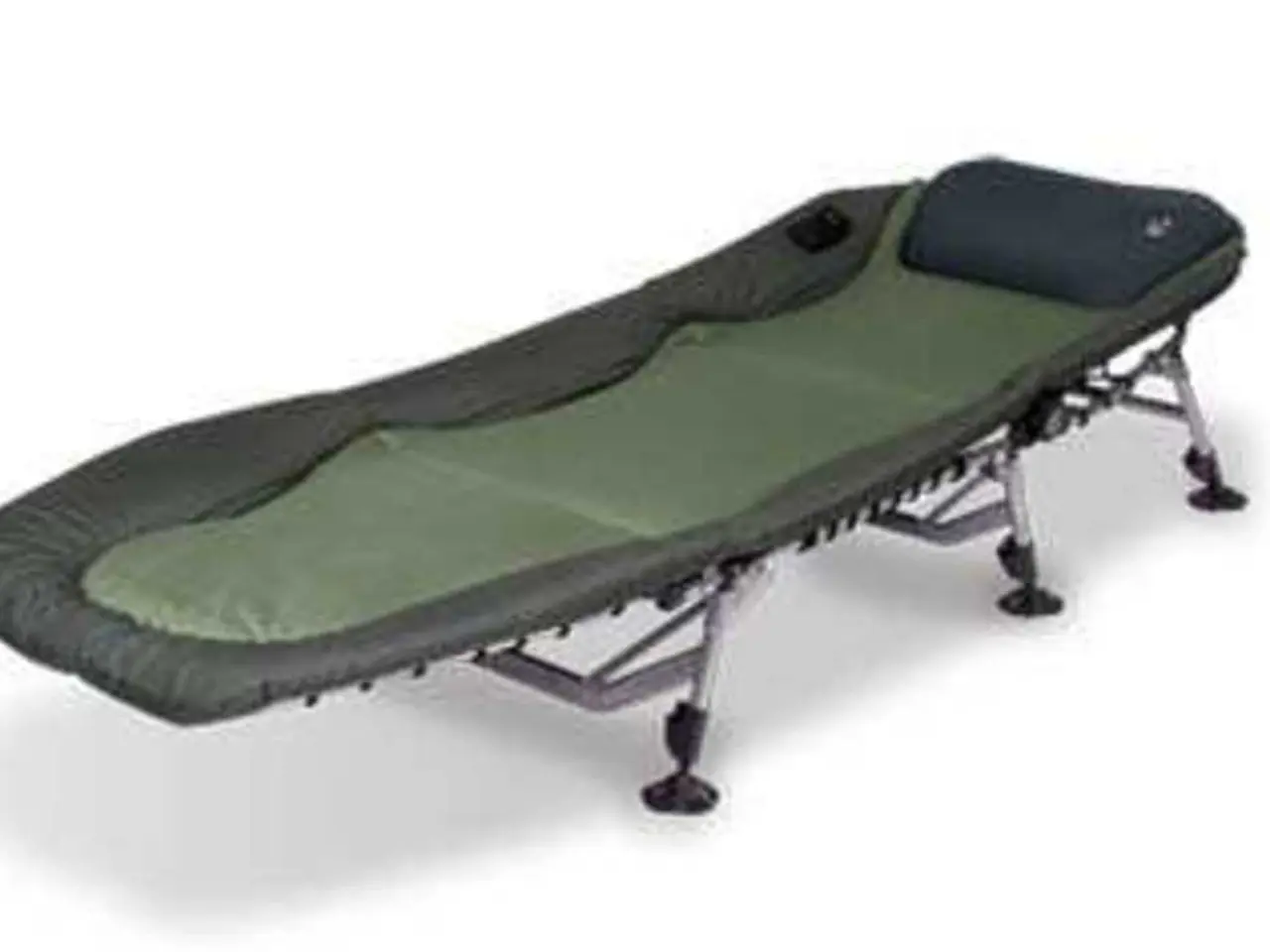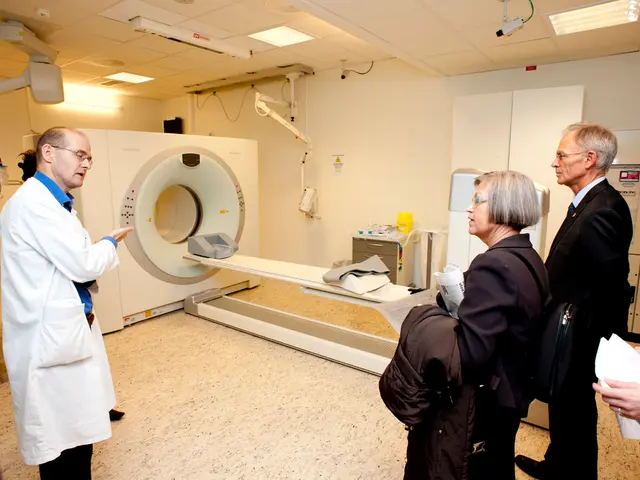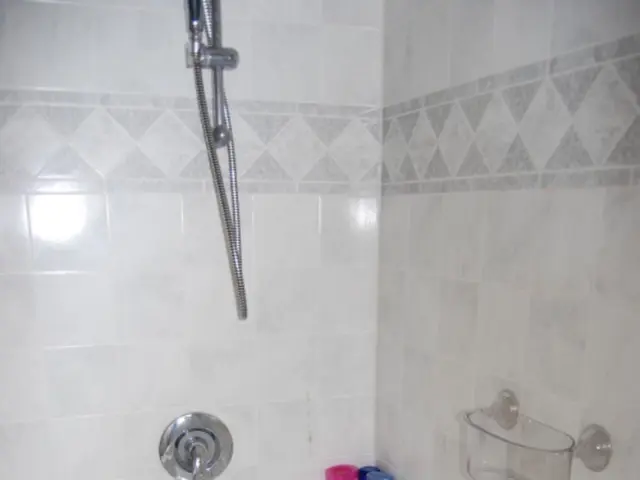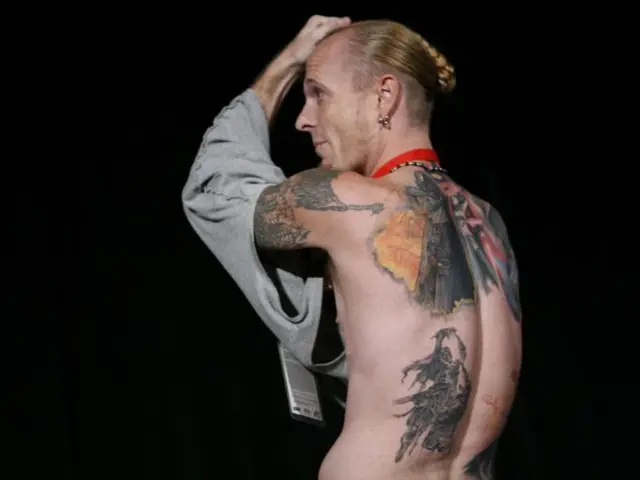Imbalance in leg length: Identifying and managing the condition
In the human body, leg length discrepancy (LLD) can occur due to two main types: functional and structural. Understanding the common causes and treatments for each type is essential for effective management.
Functional LLD, which accounts for about 70% of cases, is not a result of actual differences in bone length but rather asymmetries elsewhere in the body or disruptions in positioning. Common causes include muscular imbalances, trunk instability, foot pronation, and scoliosis. Treatment for functional LLD focuses on correcting the underlying cause, such as improving muscle balance, posture, and spinal alignment.
On the other hand, structural LLD is caused by actual differences in bone length. In children, common causes may include congenital deformities, genetic predisposition, or trauma affecting bone growth. In adults, structural LLD can arise due to sequelae of childhood conditions left untreated, degenerative changes, or hip dysplasia. Management typically includes custom orthotics, shoe or heel lifts, and sometimes surgical intervention if severe.
The following table summarises the common causes of functional and structural LLD in children and adults:
| Cause Type | Common Causes in Children | Common Causes in Adults | |---------------------|----------------------------------------------------------|----------------------------------------------------| | Functional LLD | Muscular tightness, ligament/tendon imbalances, postural issues, scoliosis-related asymmetry | Muscular imbalance, scoliosis, postural adaptations, foot problems | | Structural LLD | Congenital deformities (e.g., hip dysplasia), trauma affecting bone growth, genetic factors | Untreated childhood deformities, adult degenerative scoliosis, hip dysplasia, trauma |
Greater leg length discrepancy increases the likelihood of gait, posture, and pain issues. In mild cases, a shoe lift can alleviate back pain and improve a person's gait. However, for more significant LLDs, surgery may be necessary, with options including shortening the longer leg, lengthening the shorter leg, or inhibiting the growth of the longer leg.
A home test can be performed to check for possible LLD. To do this, remove your shoes and socks, lie down on the floor with your legs together, and ask a helper to move your hips gently for 60 seconds, checking the alignment of your ankle bones. If your ankles are not aligned, it could indicate LLD, but a medical diagnosis is necessary to confirm and determine whether it is functional or structural.
Functional LLD can occur in children due to altered hip alignment or in adults due to chronic pain, arthritis, or neuromuscular conditions. Approximately 40-70% of people have some form of LLD. Exercises may help correct some functional LLDs, but it's important to use correct techniques and seek help from a physical therapist to avoid causing further issues. Following surgery, people will require regular follow-up visits to the doctor's office and extensive rehabilitation that includes exercise and physical therapy.
In conclusion, addressing the cause of LLD is essential: functional discrepancies require correction of asymmetry and muscular/postural issues, while structural LLD often needs orthotic support or surgery based on severity. If you suspect you have LLD, it is crucial to seek a doctor's diagnosis and appropriate treatment.
- Studies have suggested a potential link between migraines and type, with certain types of migraines showing associations with conditions like obesity, depression, and diabetes.
- For individuals with asthma, it's important to monitor their health-and-wellness, as factors like nutrition and fitness-and-exercise can impact symptom control.
- Skin-care routines can be a challenge for people with psoriatic arthritis due to the dryness and flakiness of their skin, requiring specific therapies-and-treatments for relief.
- Hepatitis can lead to degeneration of the liver, making routine monitoring and treatments essential to maintain liver health and prevent further complications.
- In some cases, macular degeneration can be predicted by various risk factors, including age, smoking, and family history, indicating the importance of early detection and regular eye exams.
- The workplace-wellness movement has gained traction in recent years, with an increasing focus on mental-health initiatives to support employees' overall well-being.
- Functional LLD can manifest in children due to conditions like scoliosis or altered hip alignment, potentially causing asymmetry and postural issues.
- Adult-onset degenerative scoliosis can be accompanied by various symptoms, including gait abnormalities, pain, and spinal deformity, which can affect one's quality of life.
- Genetic factors can contribute to structural LLD in children and adults, making it important for early detection and intervention to minimize the impact on a person's growth and development.
- People living with obesity often face a higher risk of developing comorbidities like diabetes, depression, and heart disease, emphasizing the importance of sustained lifestyle changes to maintain overall health.
- Effective LLD management may involve a combination of exercises, orthotics, and possibly surgery, but proper guidance from a healthcare professional is crucial for an accurate diagnosis and personalized treatment plan.







